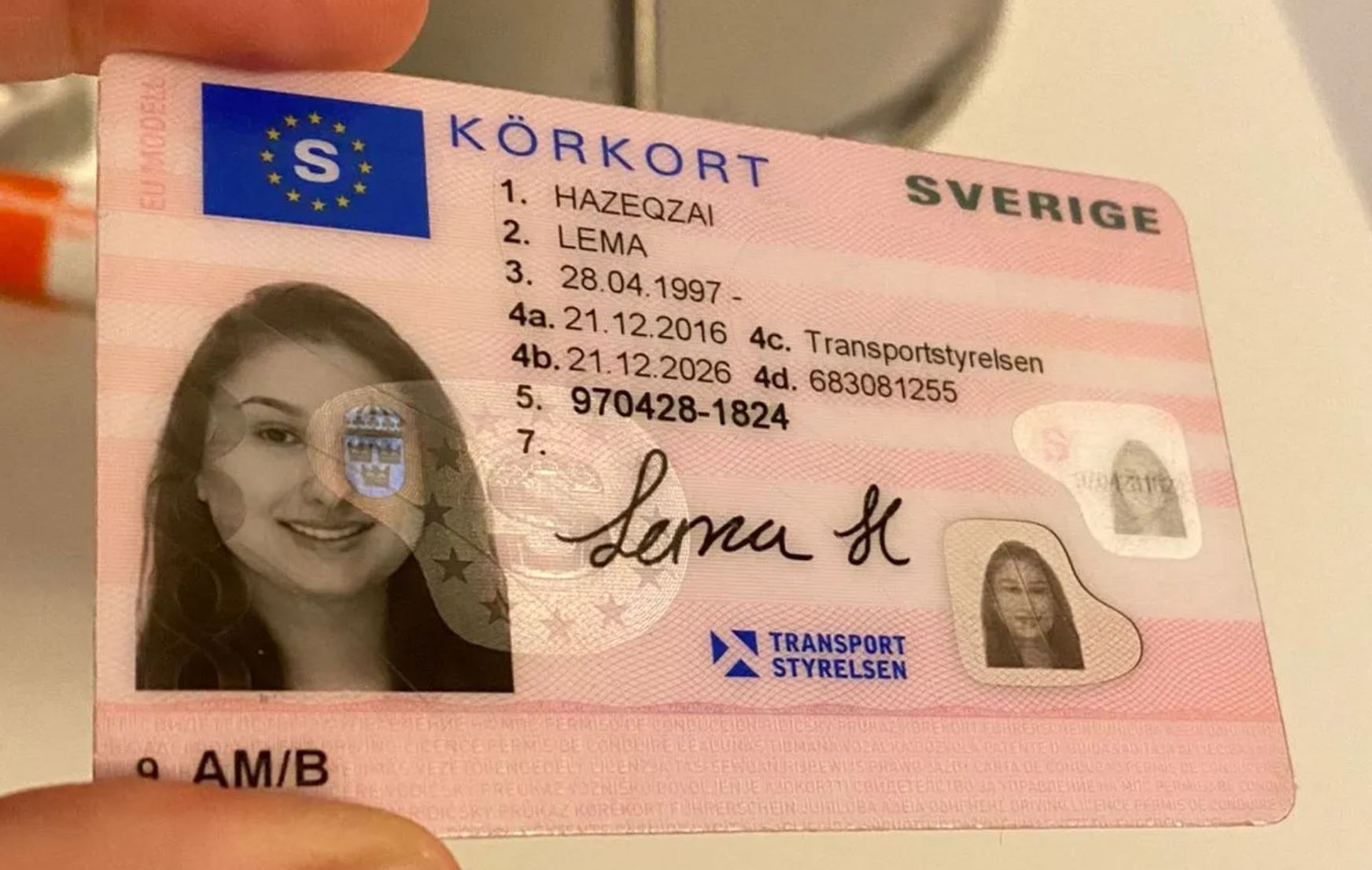Ten Situations In Which You'll Want To Learn About De Driving License
Understanding the Driving License: A Comprehensive Guide
A driving license is an important file for people who want to run a motor vehicle legally. This guide aims to supply a thorough understanding of the driving license, including its types, requirements, application processes, and the significance it keeps in today's hectic society.
What is a Driving License?
A driving license is a government-issued file that licenses an individual to drive a motor car on public roadways. This license is crucial not just for adherence to the law but likewise as a step of competency to ensure that drivers possess the required skills to operate a lorry safely.
Types of Driving Licenses
Driving licenses differ by jurisdiction, and they can be categorized into several types. Here's a breakdown:
License Type
Description
Learner's Permit
A provisional license allowing brand-new drivers to practice under specific conditions.
Full License
A basic chauffeur's license allowing the holder to run most types of cars without restrictions.
Business License
Essential for individuals wanting to operate commercial trucks or buses.
Motorbike License
Specially designated for operating motorbikes and motorbikes.
International Permit
Allows individuals to drive in foreign countries, provided they have a legitimate national license.
Why is a Driving License Important?
Holding a valid driving license has numerous benefits:
- Legal Requirement: It is a legal requirement to drive on public roads.
- Security Assurance: A driving license guarantees that the driver has actually gone through necessary training and examinations to operate an automobile safely.
- Identification: It functions as a main type of recognition, often required for different services.
- Insurance Compliance: Many car insurance coverage business require valid driving licenses as one of the conditions for issuing a policy.
- Employment Opportunities: Certain jobs need workers to have a valid driving license, especially those including transport.
How to Obtain a Driving License
The procedure of acquiring a driving license typically involves numerous actions, which can differ by area. Below is a standard overview of the actions to follow:
- Eligibility Check: Most jurisdictions have age and residency requirements.
- Composed Test: Applicants typically need to pass a written exam covering the guidelines of the road.
- Vision Test: A vision assessment might be required to ensure the candidate can see well sufficient to drive securely.
- Practical Driving Test: New drivers need to demonstrate their driving skills in a useful test.
- Application Submission: Complete the required types and submit the necessary documents, including evidence of identity and residency.
- Payment of Fees: Pay any associated costs for the application procedure.
- Waiting Period: Some areas have a probationary period throughout which a student's permit need to be held before a complete license is issued.
Typical Requirements for Application
- Proof of identity (e.g., birth certificate, passport)
- Social Security number or equivalent recognition
- Proof of residency (e.g., utility expenses, rental contracts)
- Completion of a motorist's education course (if appropriate)
Tables: A Comparative Look at Driving License Categories
The following table highlights differences in requirements and features of numerous kinds of driving licenses:
Type of License
Age Requirement
Testing Requirements
Limitations
Student's Permit
Varies, typically 15-16
Composed, vision
Needs a licensed adult in the automobile
Complete License
Usually 18+
Written, vision, useful
None (unless particular recommendations use)
Commercial License
Generally 18+
Written, vision, useful, additional tests
Restricted to industrial lorries just
Motorcycle License
Varies, usually 16
Composed, vision, practical
Normally restricted to motorcycles just
International Permit
18+
Valid national license needed
Legitimate in nations that recognize it
FAQs About Driving Licenses
1. The length of time does it take to get a driving license?
The timeline varies by region and private situations, but an uncomplicated process that consists of taking a course and finishing tests might take numerous weeks to a couple of months.
2. What should I do if I lose my driving license?
In case of loss, report the occurrence to local authorities and make an application for a replacement through the appropriate motor automobile department.
3. Can I use an international driving permit in my home country?
Most countries require a valid nationwide license, and an international driving license is planned for usage abroad. Constantly examine Learn Additional Here .
4. Exist particular laws for chauffeurs under 18?
Yes, lots of places have finished licensing laws that impose restrictions on more youthful chauffeurs, such as guest limitations and nighttime curfews.
5. What happens if I get caught driving without a license?
Driving without a legitimate license can cause fines, automobile impoundment, and even legal charges, depending upon regional laws.
In conclusion, obtaining a driving license is a significant milestone for numerous individuals. It involves a structured process developed to guarantee safety and legality on the roads. Understanding the types, significance, and application processes can empower prospective motorists to browse their licensing journey with confidence. Whether for individual use or professional purposes, a driving license is a valuable property in the modern world.
